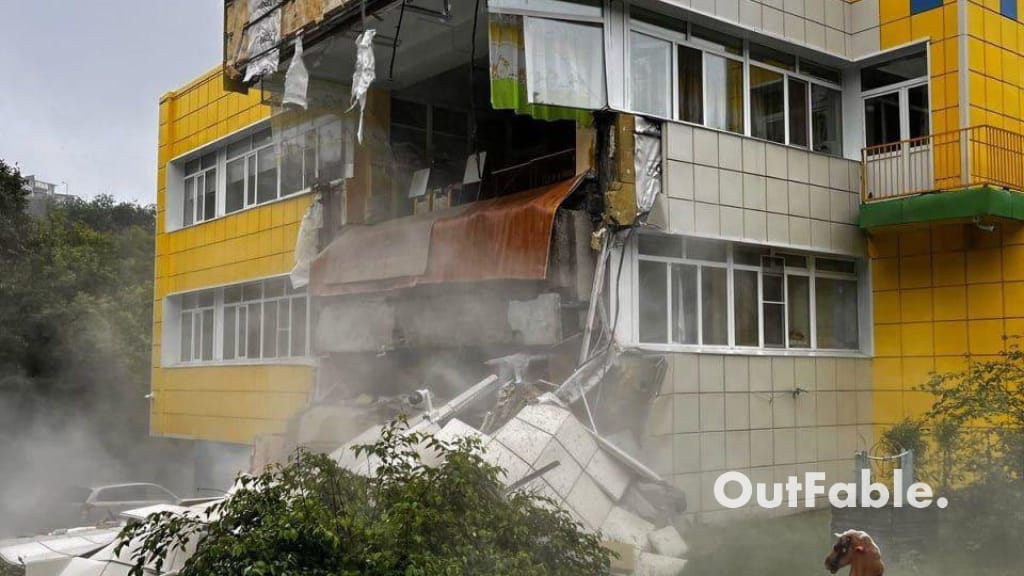A massive 8.8-magnitude earthquake struck off Russia’s Kamchatka Peninsula on Wednesday morning, developing powerful tsunami waves across the Pacific Ocean, leading to widespread alerts and evacuations in Russia, Japan, Hawaii, and beyond. The earthquake, which is one of the strongest ever recorded globally, was felt in multiple countries including Japan and caused widespread concern due to the risk of secondary waves and aftershocks.
The quake was 20 kilometers deep, and struck about 125 km southeast of Petropavlovsk-Kamchatsky, and quickly led to tsunami warnings across much of the northern Pacific region. Waves of up to 4 meters were recorded along the Russian Kuril Islands, where authorities in Sakhalin declared a state of emergency. Reports suggest huge damage to buildings, power lines, roads and in some places, water submerged coastal structures. Evacuations were ordered in Severo-Kurilsk, and residents were advised to stay on higher ground.
Red alerts issued in Japan
In Japan, red alerts for coastal regions were issued, especially in the north and east, where waves as high as 3 meters were expected. Tsunami sirens rang out in areas like Ishinomaki and Tokachi, with people moving to higher ground such as Hiyoriyama mountain. Ferry services, airport runways, and rail transport were temporarily suspended, fortunately no casualties have been reported. Japan’s meteorological agency and NHK warned of the possibility of larger waves following the initial surge.
Across the Pacific, Hawaii issued tsunami warnings, leading to traffic congestion in Honolulu as residents fled low-lying areas. The US Pacific Tsunami Warning Center cautioned that the waves could cause coastal damage across all Hawaiian Islands. Oregon, Washington, California, and parts of Canada’s British Columbia were also placed under tsunami advisories, while Guam and Micronesia remained on high alert.
The impact of the quake was not only felt by humans but animals as well. Reports from Japan noted that four whales washed ashore following the tsunami. In Russia, Kamchatka’s governor, Vladimir Solodov, said the quake was the strongest in decades, and warned of potential aftershocks for weeks.
New Zealand and Philippines on Alert
Even regions far from the epicenter took precautions. The Philippines issued warnings for coastal provinces facing the Pacific, noting possible waves up to 1 meter. In New Zealand, authorities cautioned against unusual currents and surges, urging people to stay away from beaches, estuaries, and harbors, despite being 9,600 km away from the epicenter.
Despite the quake’s magnitude and the broad scope of its impact, no major casualties have been confirmed so far. Emergency services across affected nations remain on high alert, and residents are being advised to avoid coastal areas, monitor local advisories, and stay prepared for aftershocks.
This earthquake is believed to be the strongest in Kamchatka after the 1952 quake, and the largest globally since Japan’s devastating 2011 earthquake. The event underscores the persistent seismic volatility of the Pacific Ring of Fire and the importance of coordinated international warning systems.
